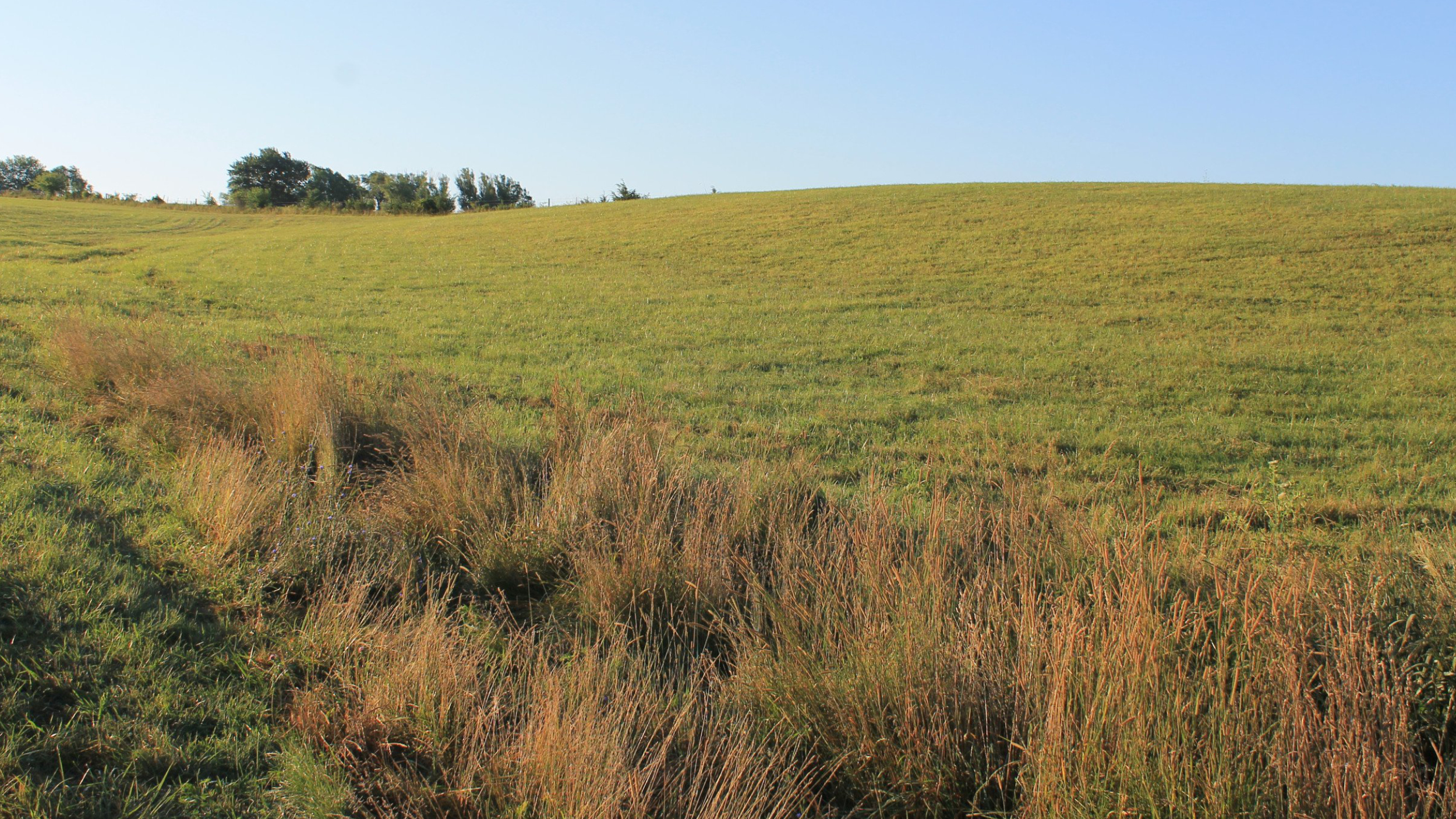
Leasing land can always present a set of challenges, regardless of its use. Leasing pastureland can seem even more daunting because there are fewer resources available to guide the process. Drafting a well-written lease does not need to be an insurmountable task if a few overarching principles are kept in mind. The following are a few items to consider when writing a pasture lease that will help preserve the viability of the pasture and maintain good landowner-operator relationships.
CLEARLY DEFINE LAND USE – Oftentimes a point of contention stems from different understandings of how a pasture is to be used. Topics such as where, when, and how many cattle are allowed to graze a pasture should all be discussed within the lease agreement.
Is the entire pasture available for grazing or does access to certain areas need to be restricted? Ponds, for example, can become silted in when cattle are allowed to congregate around them. If water is available elsewhere, landowners may want to consider fencing off a pond and requesting that the operator keep the cattle out of that area.
The window of time when cattle are allowed on a pasture should also be defined in the lease. Most Midwestern pastures consist of cool-season grasses, meaning that they are most productive in the cooler, wetter spring and fall months. Leaving cattle to graze a pasture during the hot, dry summer months can be detrimental to the long-term health of these types of grasses. During the winter months, when the ground is continuously soft from rain and snow, it’s especially important to manage cattle access. The amount of damage cattle can cause to a pasture during the winter can be extensive, and the safest option is to completely remove the cattle from the pasture.
The prevention of overgrazing is also critical to the long-term sustainability of a pasture. There are resources available through the county extension offices to help estimate the carrying capacity for pastureland.
Some ancillary things to consider include the removal of forage in the form of baled hay and the use of barns or working facilities. Another important consideration is hunting rights. This can provide an additional income stream but also adds another layer of liability. If these are factors, they should all be clearly spelled out in the lease.
CLEARLY DEFINE MAINTENANCE RESPONSIBILITIES – This is probably one of the least discussed yet the biggest sources of conflict between landowners and tenants. It’s not uncommon for landowners and tenants to have different ideas of what is an acceptable level of maintenance and who is responsible for what aspect of caring for the property. The easiest way to remedy this issue is to build provisions into the lease that detail each party’s responsibilities.
When it comes to pastures, fence maintenance is a big concern. As a rule of thumb, the landowner is responsible for capital improvements, and the tenant is responsible for maintenance. With a little creativity, a lease can be constructed in a way that fairly shares responsibility for fence maintenance. One possible solution would be that fence-related expenses up to a certain amount are the responsibility of the operator. Once expenses surpass the designated amount, the landowner assumes responsibility for the expenses. Another option is for the landowner to provide fencing material, and the operator provides the labor to fix fences as necessary.
If things like brush management, keeping working facilities in good condition, or keeping certain areas mowed are requirements for the operator, they should also be specifically noted within the lease agreement.
CLEARLY DEFINE THE TERMS OF PAYMENTS – There are multiple ways that the value of a pasture can be established. But most often, pastures are leased on a per-acre basis. Here in the Midwest, usually what can be farmed does get farmed and whatever is left over gets classified as pasture. Sometimes this leads to rough estimates of how many acres are actually in a pasture. Knowing exactly how many acres are available for grazing is an important part of establishing an equitable lease agreement and can prevent conflict down the road. The FSA can help determine how many acres are in a pasture. Other mapping platforms should be able to provide a close approximation, and now hand-held GPS units can precisely measure land areas.
On top of the base cash rent for the pasture, there are other things to consider such as utilities. Having water piped in from a well or rural water district ensures that even in dry years there will be plenty of water. Having this assurance adds value to pasture but also creates additional expenses. The lease agreement should stipulate who is responsible for those expenses and how the bills will be paid. As alluded to earlier, hunting rights can provide additional income. Due to the nature of hunting, special care and consideration should be given before allowing others to hunt. If the landowner is not interested in hunting the property, the rights could be leased to the tenant or to a third party. Lastly, are there buildings or working facilities? Depending on how the lease is negotiated, these could be included in the pasture rent, or they could be an additional fee. However the landowner decides to structure the cash rent, all of these topics should be addressed within the lease so that there are no questions about any of it after the fact.
If the theme of these tips isn’t already apparent, the point is this: concise language that plainly assigns responsibilities to both parties can prevent a lot of issues before they arise. Having conversations about expectations and responsibilities isn’t always fun or comfortable, but in the long run, they will help establish a better relationship between the landowner and operator. If you have any questions about the lease on your farm or would like to connect with a Peoples Company Land Manager, please visit PeoplesCompany.com or email LandManagement@PeoplesCompany.com.








